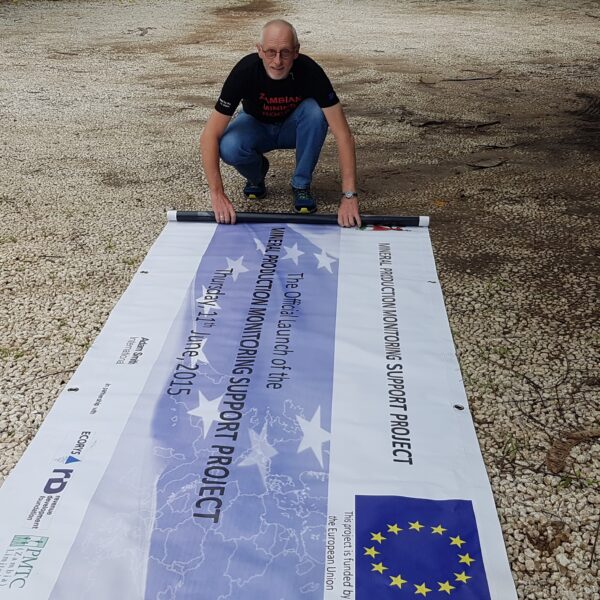I’ve just read an article in the international edition of The Guardian, discussing experiences at the East Boulder Mine in Montana, USA, and asking whether a mining corporation can ever truly be a good neighbour. I have to say, that in spite of the quite fundamental opposing objectives mentioned, the story did give me some hope.
I have been working in the area of mining sector governance and development for some 15 years or so, after an earlier career in mineral exploration. Having seen the sector from different angles, and in quite a few countries, I realize that one of the major challenges is what I would like to call the “Triangle of Distrust”, between the mining industry, the host governments in the countries where they operate, and the public in those same countries. None of these 3 parties trust the other two.
The relationship between the industry (mining companies) and the government (mining and environmental and other ministries and departments) is at least formal and codified by legislation. But the other two relationships are more problematic. The public often does not trust the government to look after their interests as these are affected by mining companies. Part of that is due to dysfunctional democracy, exacerbated by a lack of understanding about the other party’s situation.
The relationship between a mining company and its host community (and the public in general) is similarly tricky. Companies might see local communities as a hassle to deal with, while communities (and the public in general) may see mining companies (usually foreign-owned) as entities that will enrich themselves and their shareholders, but leave only environmental and other problems for the local people to deal with. CSR (corporate social responsibility) initiatives may be experienced as insufficient and oftentimes provide services or infrastructure that are, strictly speaking, government responsibilities.
It seems to me that the approach taken in Montana, between Sibanye-Stillwater and the various local organizations, has managed to reduce the sides of that triangle. The article talks about a virtuous circle, which must imply a better geometry than the triangle of distrust!
For me, the most impressive achievements are the transparent communication between the mine and the community organizations, and the mutual respect that has resulted, as well as the fact that the organizations have strived to understand the mining and related processes, and that the mine has done the same to understand the desires of the organizations mentioned. Faced with the desire (the economic need?) for the mine to expand, the parties can at least discuss the potential impacts and how to mitigate them as much as possible.
The decision whether any expansion or any development should happen at all, is of course also a decision for a national or state government, taking into account the potential economic benefits for the public at large, away from the direct area of the mine. That may well conflict with the more local concerns and remains a difficult issue, but here too, everybody should benefit from a better understanding of all the facts – mine-related, but also environmental and/or social impacts.
Surely this approach, building mutual respect and trust, using improved knowledge and understanding, can (must?) also be used to ensure a wider and deeper impact of the mining sector on the development of a country? An initiative like DPI mining exists to strive for exactly that.
So how does one take this idea forward? I believe that one of the most important and urgent tasks lies in education: Creating a better understanding of the facts related to the particular mine (not environmental greenwashing information, but real technical and economic aspects) and of the workings of the wider mining sector, but also education of the industry with respect to the concerns and needs of the surrounding community.
Improved knowledge, better understanding all around, and mutual trust is not only the key to being better neighbours, but also to deeper developmental impact of the mining sector.
What do you think? Could this approach also work in developing countries? Could it also work with artisanal and small-scale mining (ASM)?
(By the way: I am not employed by or in any way involved with Sibanye-Stillwater or any of the organizations mentioned in the article. Nor have I ever visited the East Boulder Mine. My comments are based purely on a reading of the article published by The Guardian.)


